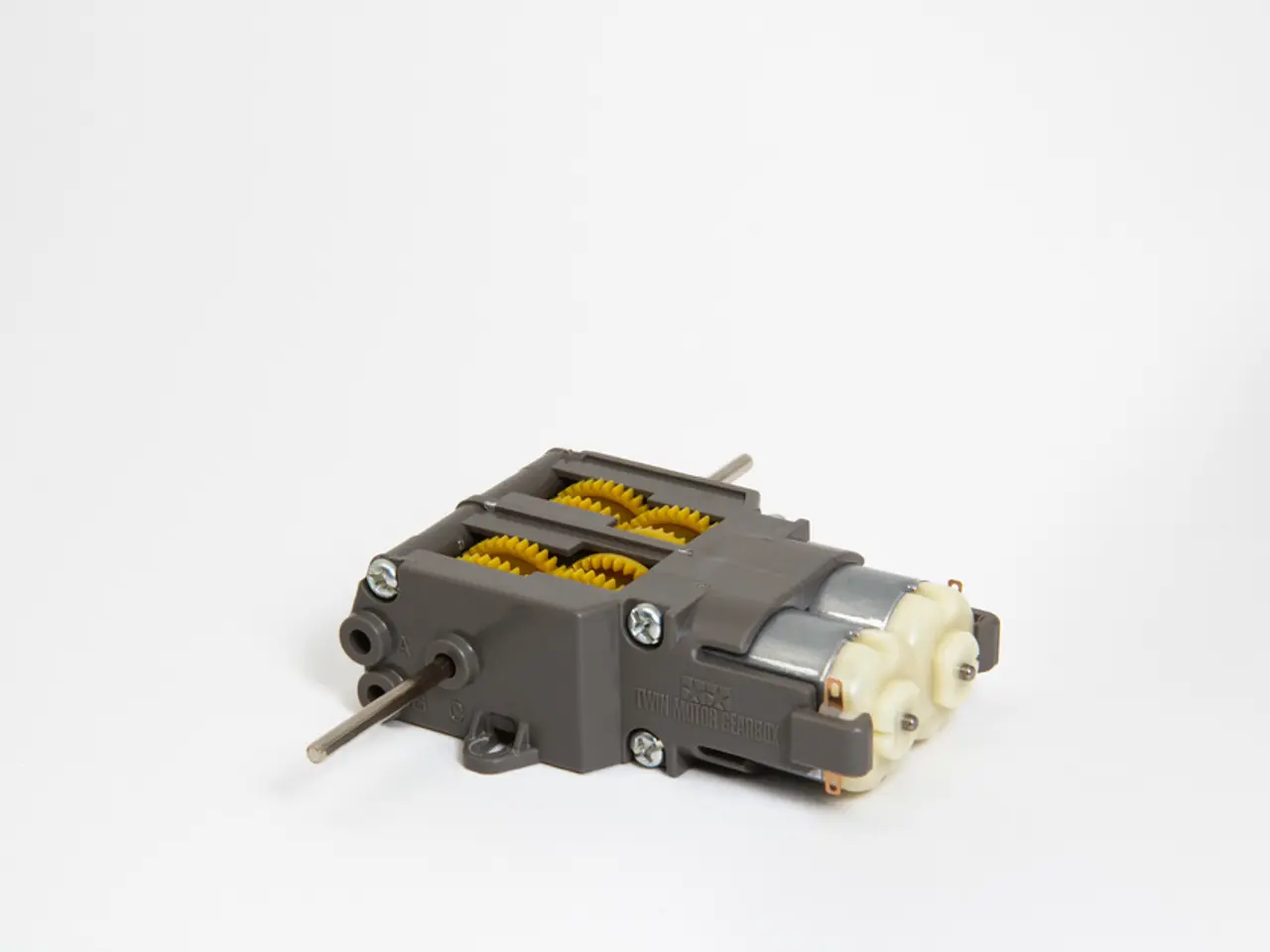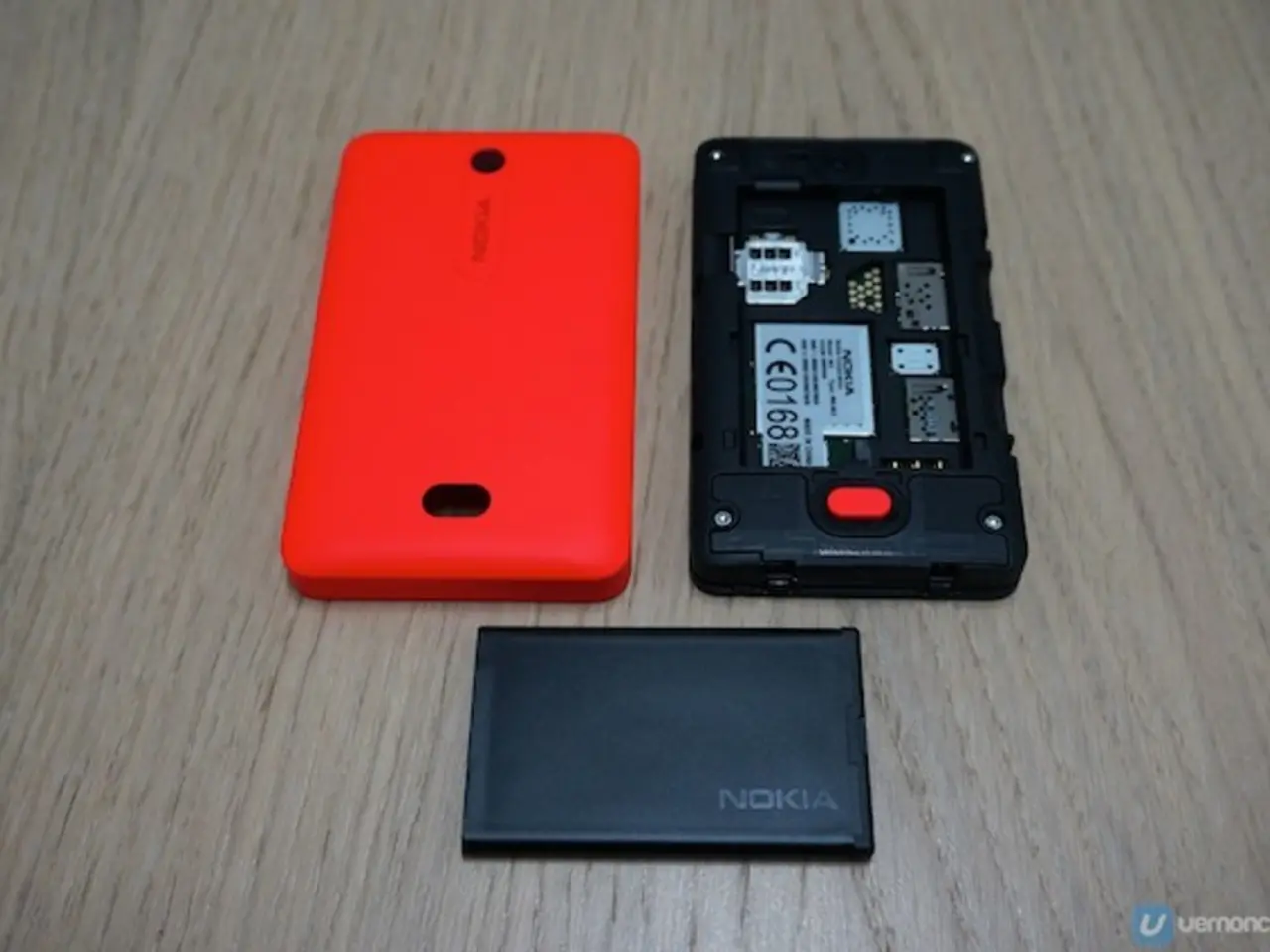Transformation of Energy Through Motor Development: A Look at Motor Advancements and Their Energy Conversion Capabilities
In the heart of the Industrial Revolution, electric motors emerged as a transformative force, propelling us into the modern era. This article takes you on a captivating journey through the history of electric motors, highlighting key figures, groundbreaking discoveries, and the symbiotic relationship with renewable energy and electric motor technologies.
The story begins with Michael Faraday, a British scientist who, in 1831, demonstrated the fundamental relationship between electricity and magnetism. His experiments on electromagnetic induction provided the foundation for both generators and motors. Faraday showed that a current could be produced by rotating a coil of wire within a magnetic field, and vice versa, that a current passing through a coil could induce motion.
Just a few years later, in 1834, Moritz von Jacobi, a German engineer, invented the first practical electric motor. This critical step moved us from theoretical principles to devices that could convert electrical energy into mechanical energy effectively.
Fast forward to 1873, and Zénobe Gramme, a Belgian engineer, invented the first commercial electrical generator, known as the Gramme machine. This innovation improved the generation of electric current, paving the way for broader practical applications of electricity in motors and other technologies.
In the mid to late 19th century, engineers from France, Germany, Belgium, and Switzerland developed improved armatures (coils of wire) and created the dynamo, making large-scale electric power generation commercially viable. This development significantly enhanced the performance and availability of electric motors.
Earlier foundational discoveries set the stage for these advancements. William Gilbert, an English physician, coined the term “electric” in 1600 and studied static electricity. Alessandro Volta, an Italian physicist, invented the first electric battery in 1799, enabling steady electric current for experimentation. Benjamin Franklin, an American polymath, defined electrical terminology and charge concepts in the 1740s and 1750s.
These breakthroughs collectively transitioned electric motors from scientific curiosities into practical devices integral to the Industrial Revolution and modern electrical technology. Electric motors evolved alongside electric generators, enabling a broad range of applications from early electric vehicles to industrial machinery.
As we move into the 21st century, electric motors continue to evolve, with electronics integrated into their design to boost safety, functionality, and integration capabilities. They have become responsive, intelligent, and capable of advanced automation. The transition from fossil fuels to electricity in motor technology was influenced by factors such as price, environmental concerns, and safety.
In conclusion, the evolution of electric motors hinges on the foundational electromagnetic discoveries of Faraday, the practical motor by Jacobi, and subsequent engineering refinements by Gramme and others in the 19th century that enabled commercial electricity use and widespread motor application. This article aims to provide comprehensive insight into motor evolution and energy transformation, with a focus on you, the reader. Anticipating your curiosity, we've dived deep into questions, common issues, and findings related to motor evolution. The progression from slow mechanical machines to faster, more efficient ones was shaped by discoveries in alternating current, efficient transmission technologies, and innovations in energy exploitation. Embracing this rich history, we look forward to the future of electric motors and their potential for energy transformation.
Science and technology played pivotal roles in the advancement of electric motors, with key figures like Michael Faraday, Moritz von Jacobi, and Zénobe Gramme making groundbreaking discoveries and inventions that shaped the modern era. Faraday's work on electromagnetic induction in 1831 provided the foundations for both generators and motors, while Jacobi invented the first practical electric motor in 1834, and Gramme's invention of the Gramme machine in 1873 revolutionized electrical power generation for practical applications of electricity in motors and other technologies. Together, these advancements in science and technology transformed electric motors from scientific curiosities into practical devices integral to the Industrial Revolution and modern electrical technology.




